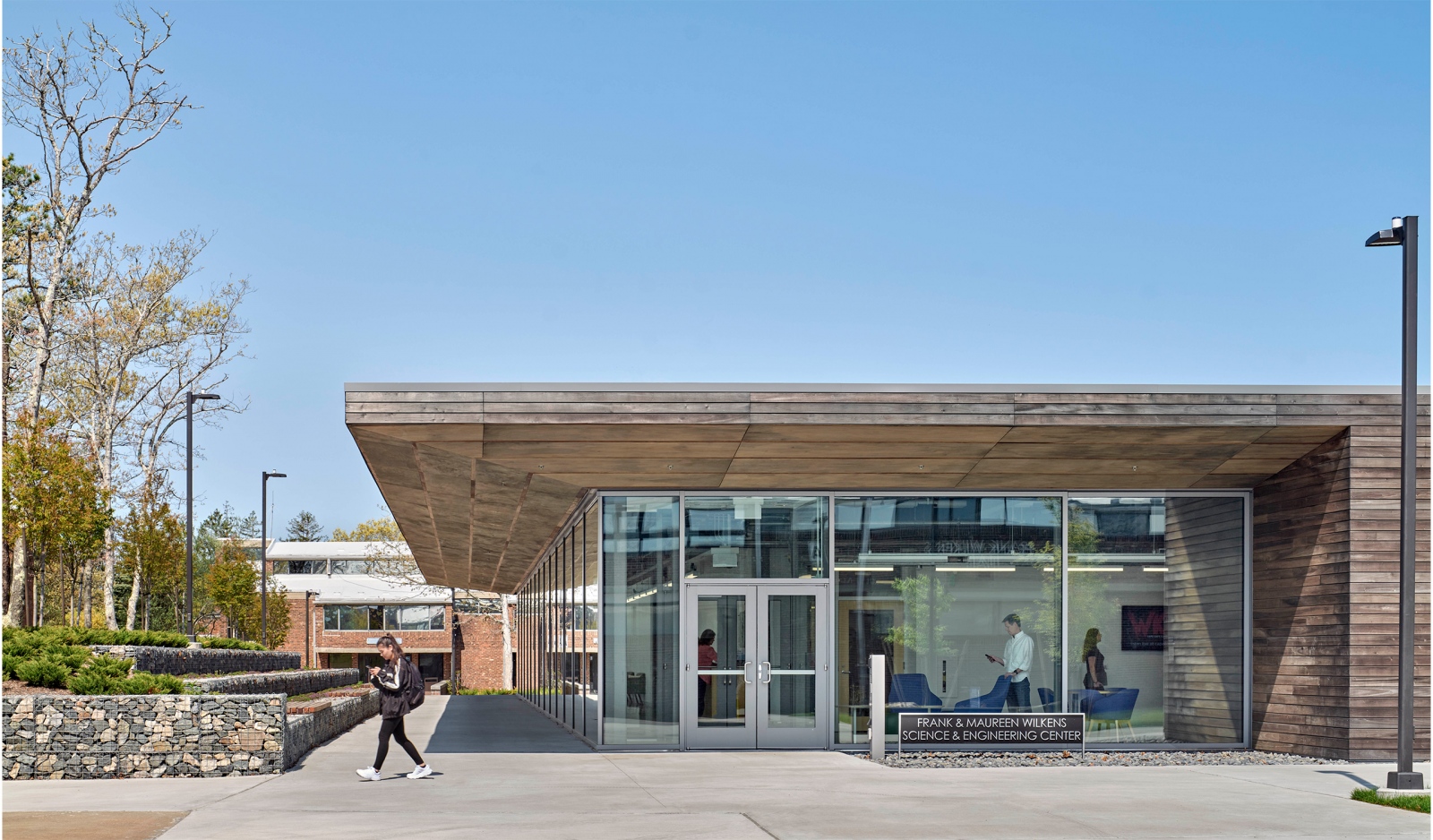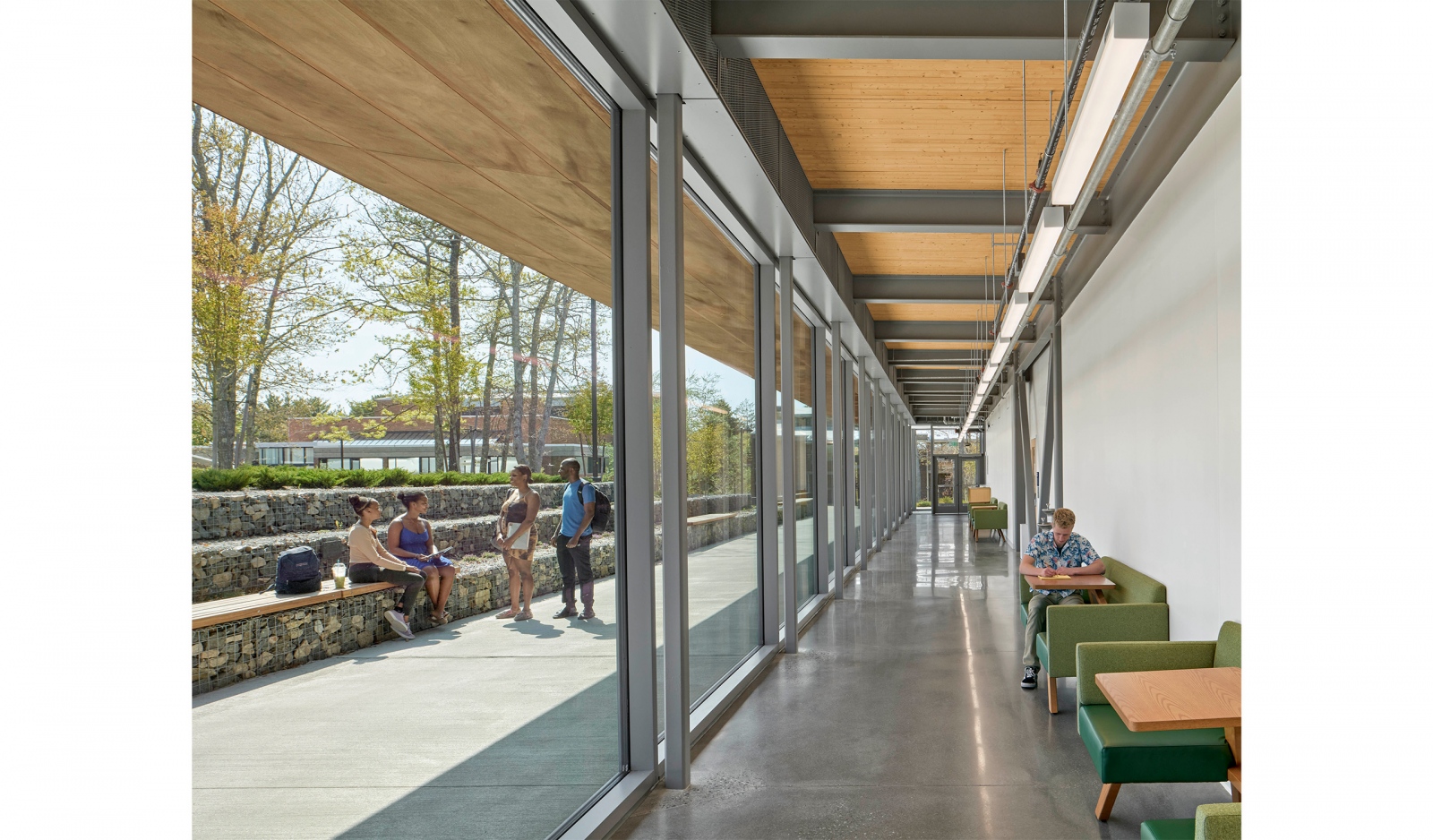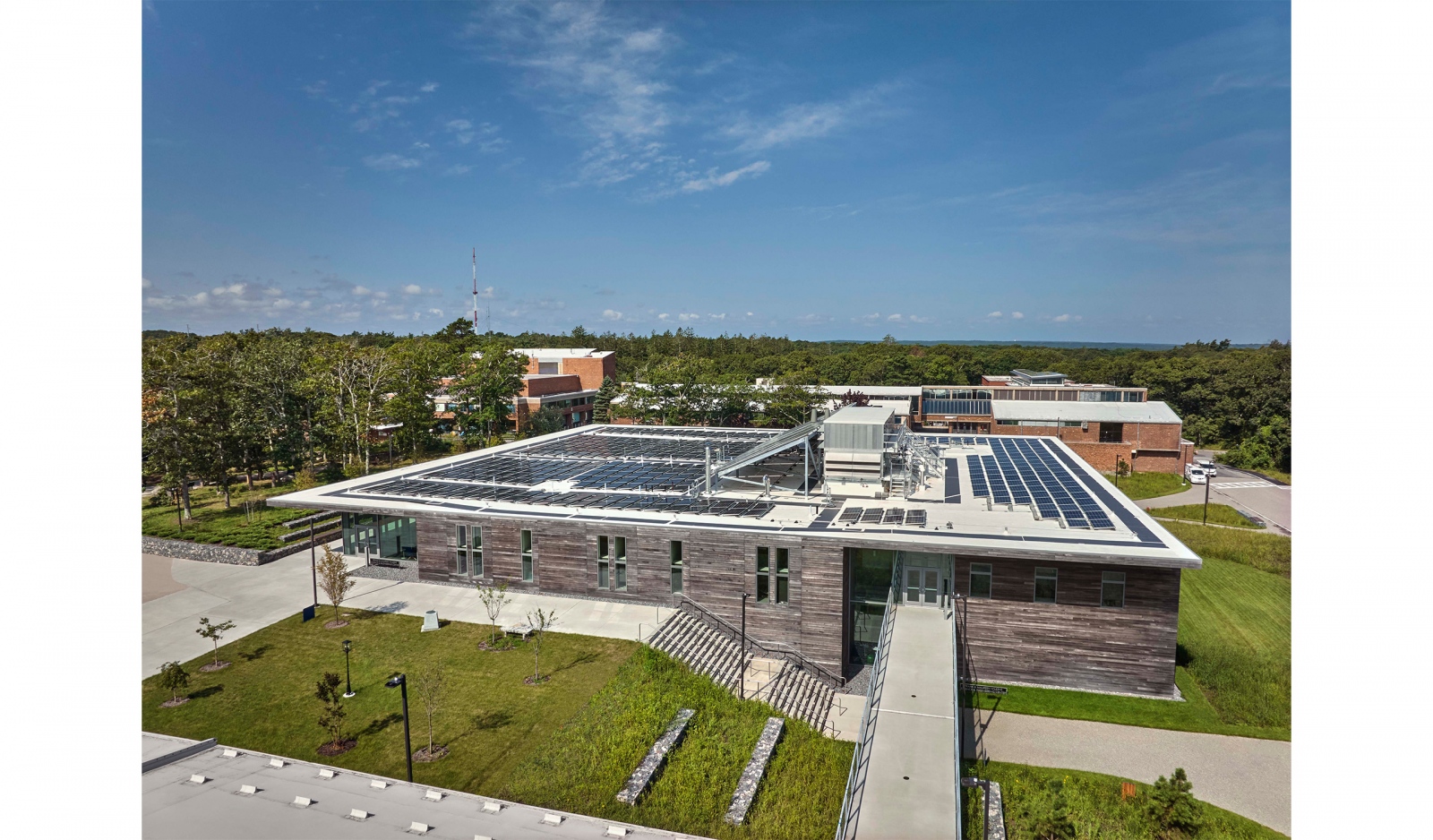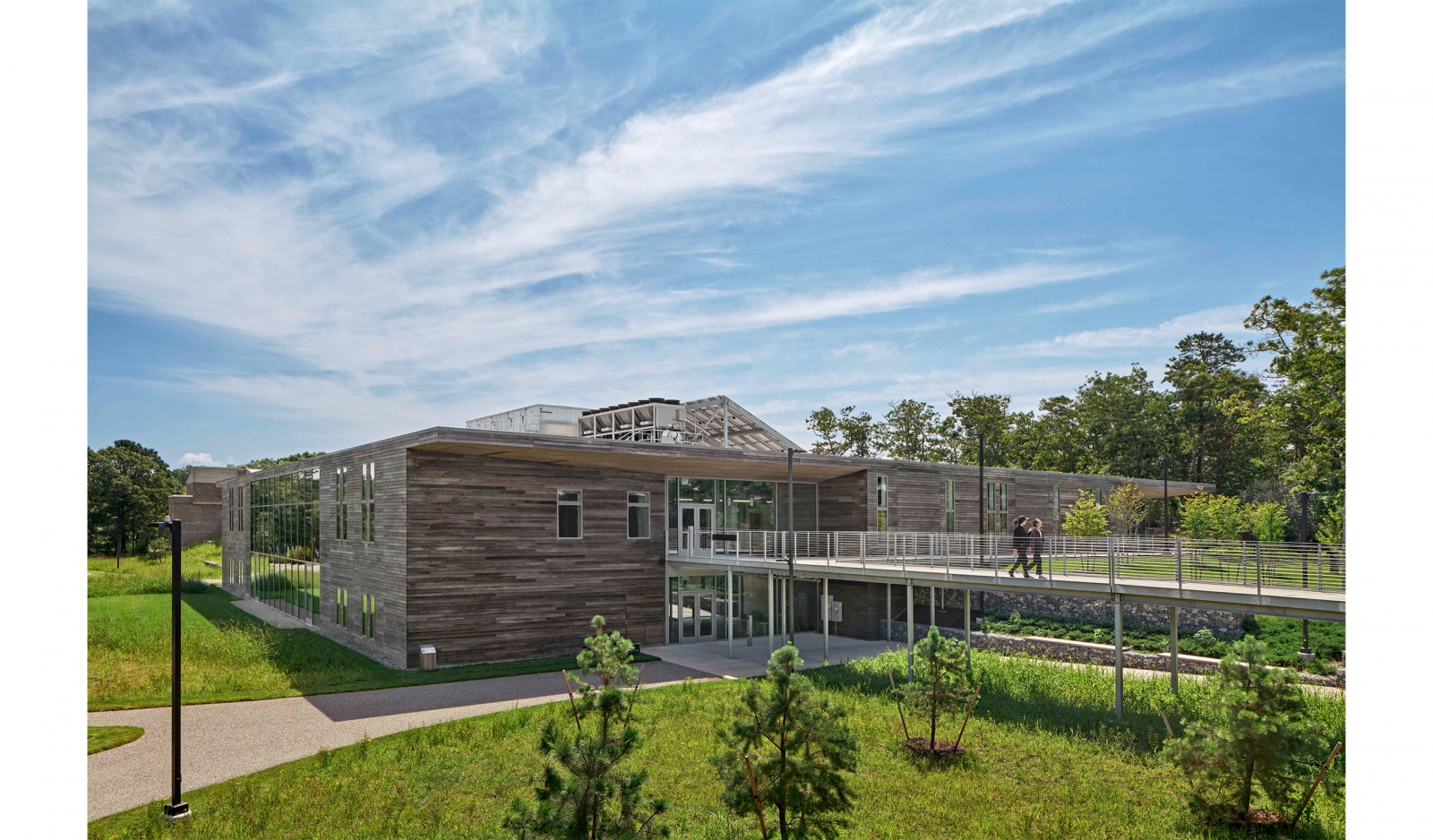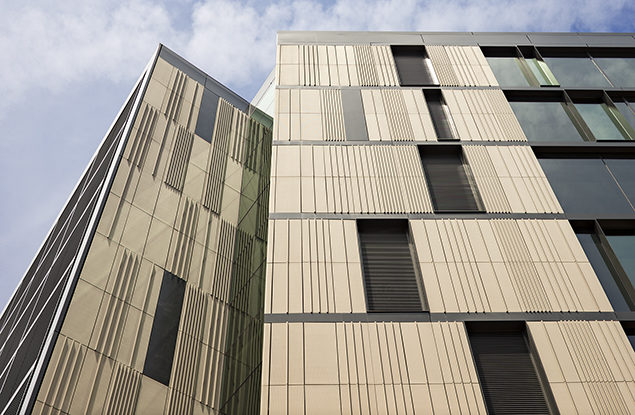
The Frank and Maureen Wilkens Science and Engineering Center, funded by the Commonwealth, modernizes science teaching and provides a home for the engineering department at Cape Cod Community College. The 39,000 SF facility emphasizes and supports STEM programs, bolstering the College’s role as a regional education hub, critical as the sole higher education institution on Cape Cod. High-quality STEM education is pivotal in engaging an underserved population. The building supports community-wide STEM education initiatives, including summer camps, public lectures and entrepreneurship opportunities.
Cape Cod Community College
Frank and Maureen Wilkens Science and Engineering Center
Project Statistics
LOCATION
West Barnstable, MA
COMPLETED
2023
TOTAL SQUARE FOOTAGE
39,000 GSF
program components
Anatomy and Physiology, Biochemistry, Biology, Chemistry, Engineering, Environmental Science, Horticulture, Math, Physics, Teaching Labs, Maker Space
leed status
LEED Gold Certified
Awards
In the News
Team
James H. Collins, Jr., FAIA, LEED AP
Principal-in-Charge
Laura Devine, AIA
Project Manager
Mark Bandzak, AIA, LEED AP
Project Architect
project eui


Energizing the center
The campus occupies the top of a hill surrounded by parking lots primarily serving commuter students. The existing Science Building was beyond its useful life due to structural failures and programmatic constraints. Several campus sites for the new building were evaluated for their impact on the cohesion of the campus, ability to provide a student hub, and how they could address extensive campus accessibility challenges. While the site in the center of the campus was clearly the most complicated from a design and construction perspective, at allows the new building engage the existing ring of buildings instead of feeling pushed to the outside.
native landscapes and materiality
The building is integrated into the existing campus fabric with low-maintenance native species. The siting of the building creates new outdoor spaces that are right-sized and have unique characters. Natural materials and local species are employed to weave the new landscapes with the existing scrub pines and oaks that have shaded the campus quad for decades. Meadow grasses cover over half of the site and is an important habitat.
The native plantings are complemented by building materials that are indigenous to Cape Cod such as the naturally weathered wood siding and the stone gabion retaining walls, both of which have substantially less embodied carbon than alternative materials that might conventionally be used.
Photography (c) Robert Benson Photography


